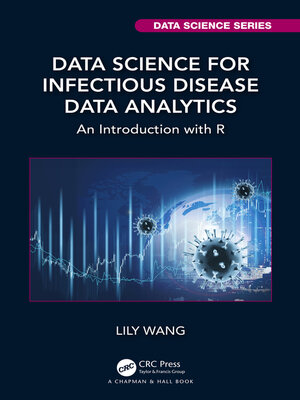Data Science for Infectious Disease Data Analytics
ebook ∣ An Introduction with R · Chapman & Hall/CRC Data Science Series
By Lily Wang

Sign up to save your library
With an OverDrive account, you can save your favorite libraries for at-a-glance information about availability. Find out more about OverDrive accounts.
Find this title in Libby, the library reading app by OverDrive.



Search for a digital library with this title
Title found at these libraries:
| Library Name | Distance |
|---|---|
| Loading... |
Data Science for Infectious Disease Data Analytics: An Introduction with R provides an overview of modern data science tools and methods that have been developed specifically to analyze infectious disease data. With a quick start guide to epidemiological data visualization and analysis in R, this book spans the gulf between academia and practices providing many lively, instructive data analysis examples using the most up-to-date data, such as the newly discovered coronavirus disease (COVID-19).
The primary emphasis of this book is the data science procedures in epidemiological studies, including data wrangling, visualization, interpretation, predictive modeling, and inference, which is of immense importance due to increasingly diverse and nonexperimental data across a wide range of fields. The knowledge and skills readers gain from this book are also transferable to other areas, such as public health, business analytics, environmental studies, or spatio-temporal data visualization and analysis in general.
Aimed at readers with an undergraduate knowledge of mathematics and statistics, this book is an ideal introduction to the development and implementation of data science in epidemiology.
Features







